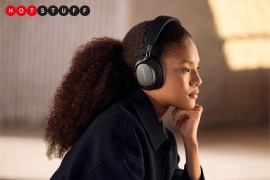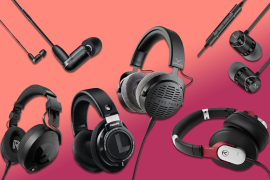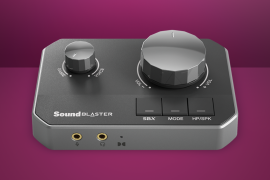How does noise cancelling work?
The technical wizardry behind your clever headphones
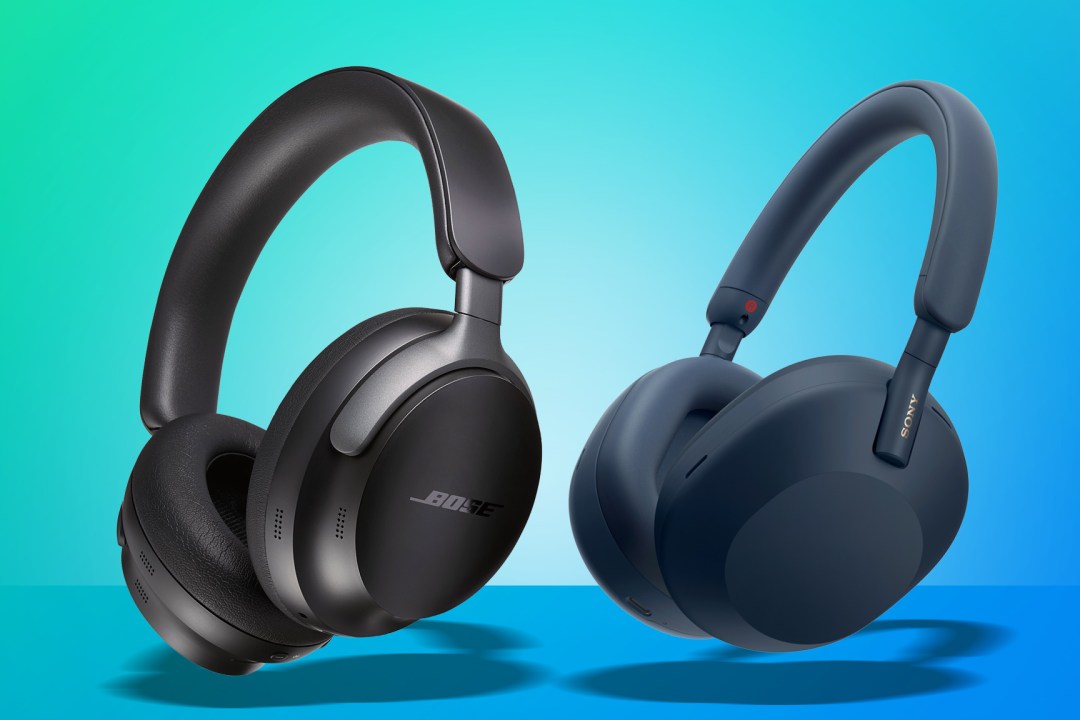
How does noise cancelling work? What an excellent question. Congratulations on your thirst for knowledge. Before we dive into the details though, it’s worth pointing out that there are two main types of noise cancellation — active, and passive. And it’s the former that’s the primary focus in the best noise-cancelling headphones.
There’s not much to say about passive noise cancelling, as it really works by physically blocking your ears so that less sound from the outside world comes in. There are various degrees of passive cancellation, and more extreme examples include things like earplugs and ear defenders, which are both used to reduce as much external noise as possible — handy for when you’re working with heavy machinery or sitting amongst a few hundred thousand screaming Swifties.
In the case of headphones, you’ll find the best passive noise cancellation in products like in-ear monitors (IEMs), or any earbuds with a snug fit, such as ones that use foam ear tips. The more you fill your ear opening up with a snugger fit, the less sound goes in. Easy stuff. But what about active noise cancellation?
What is active noise cancellation, and how does it work?
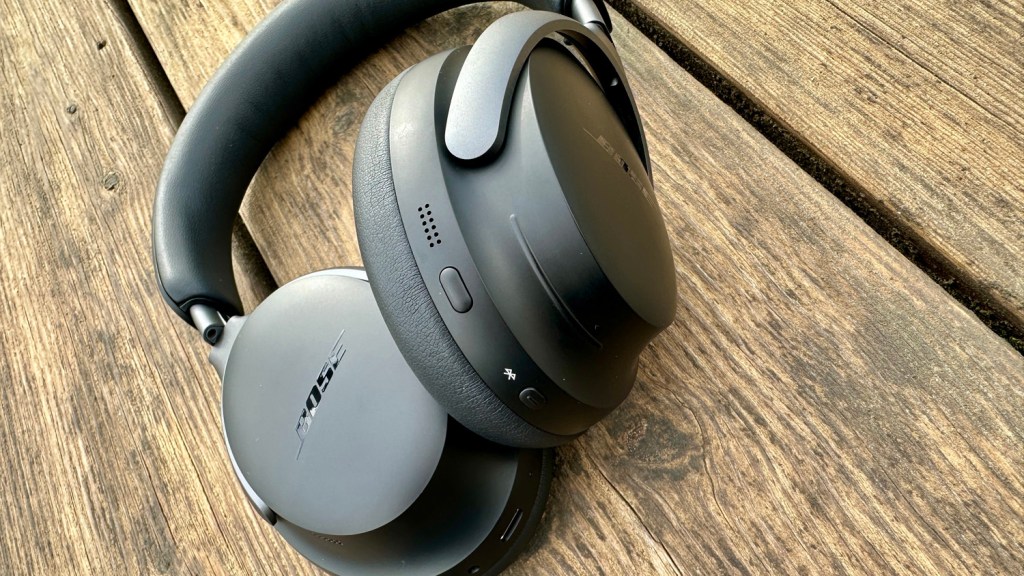
Time for a little history lesson. In 1933, Paul Lueg, a doctor of philosophy and medicine, submitted a patent application describing the principles of active noise cancellation. The paper he submitted was titled the “Process of silencing sound oscillation,” and in it, he described the first principles behind active noise cancellation – the fancy tech used in many modern headphones which help block out the annoying sound of engines and traffic on your daily commute.
Granted in 1936 the patent was sound in theory, but technology at the time couldn’t take things further. To move things along, let’s fast forward to the 1950s, where Dr. Lawrence Jerome Fogel developed his own patent which focused on noise cancellation in helicopters, designed to protect pilots’ ears. Thanks to advances in technology, Fogel was also able to create one of the first noise-cancelling headphone systems.
Our last stop is in the late 1970s, where Dr. Amar Bose (yes, that Bose) created a new prototype for active noise-cancelling headphones. Motivated by an uncomfortably loud plane engine during a flight to Europe, Bose’s design consisted of a set of headphones with a microphone built into each earmuff, designed to detect external sounds. Once these sounds — such as engine noises — are detected, counter frequencies designed to cancel out the microphone inputs are then played back into the user’s ears, dampening the noises of the outside world, and allowing music to be enjoyed in peace, and at lower volumes.
This very same principle is how today’s noise-cancelling headphones keep millions of people around the world sane on their daily commutes and travels. Built-in microphones (of which there are often several), are constantly monitoring your surroundings, while clever algorithms help cancel them out.
Fancier noise cancelling headphones can vary the degree of this cancellation, or even use the microphones to amplify external sounds. This feature is often called something along the lines of transparency mode, and can be useful for keeping tabs on train announcements, or talking to people without removing your headphones.
And there you have it — the full story behind how active noise cancellation works. Time to impress your friends and family with your newfound knowledge.

